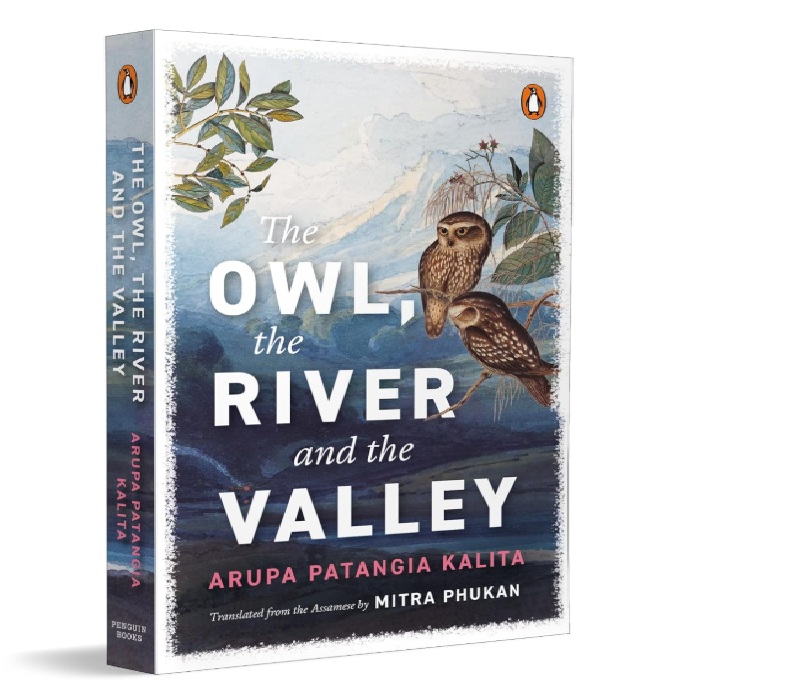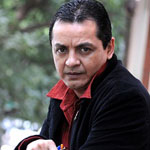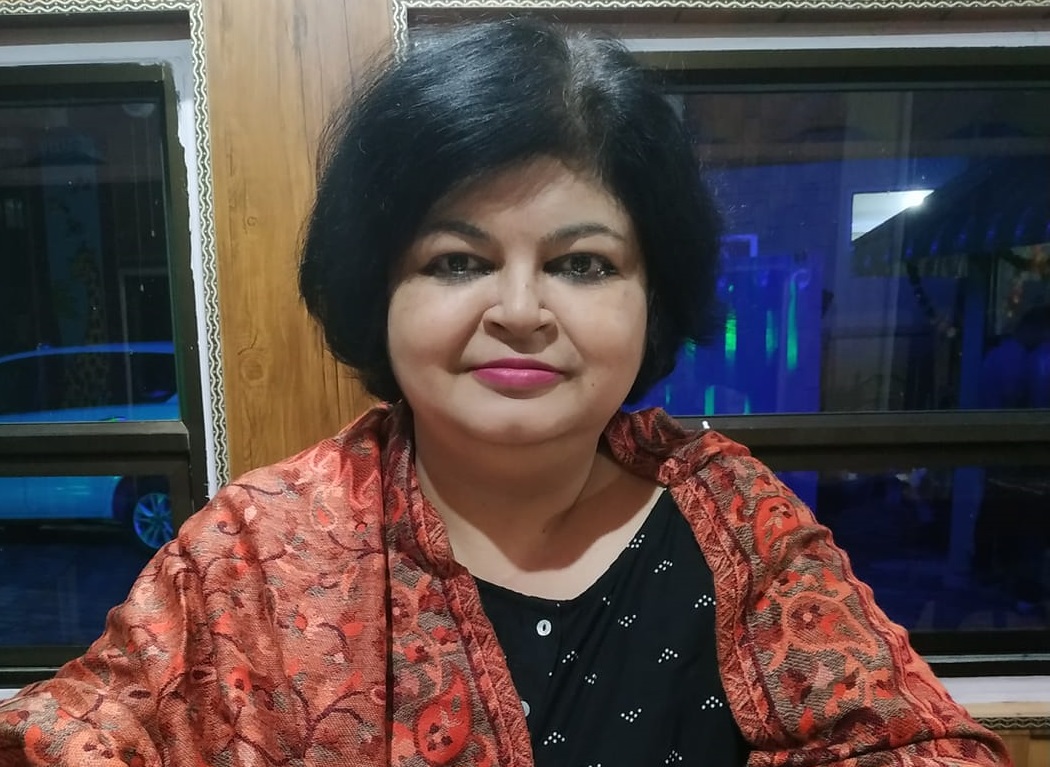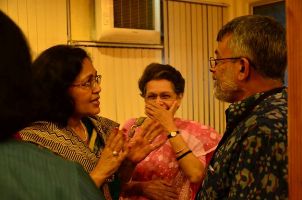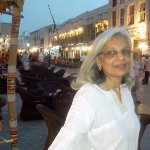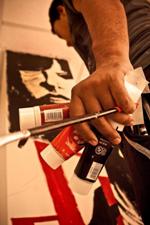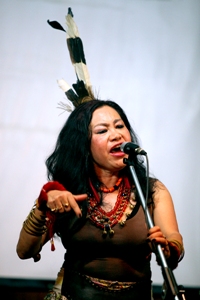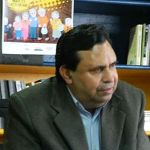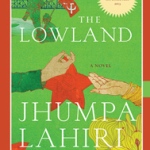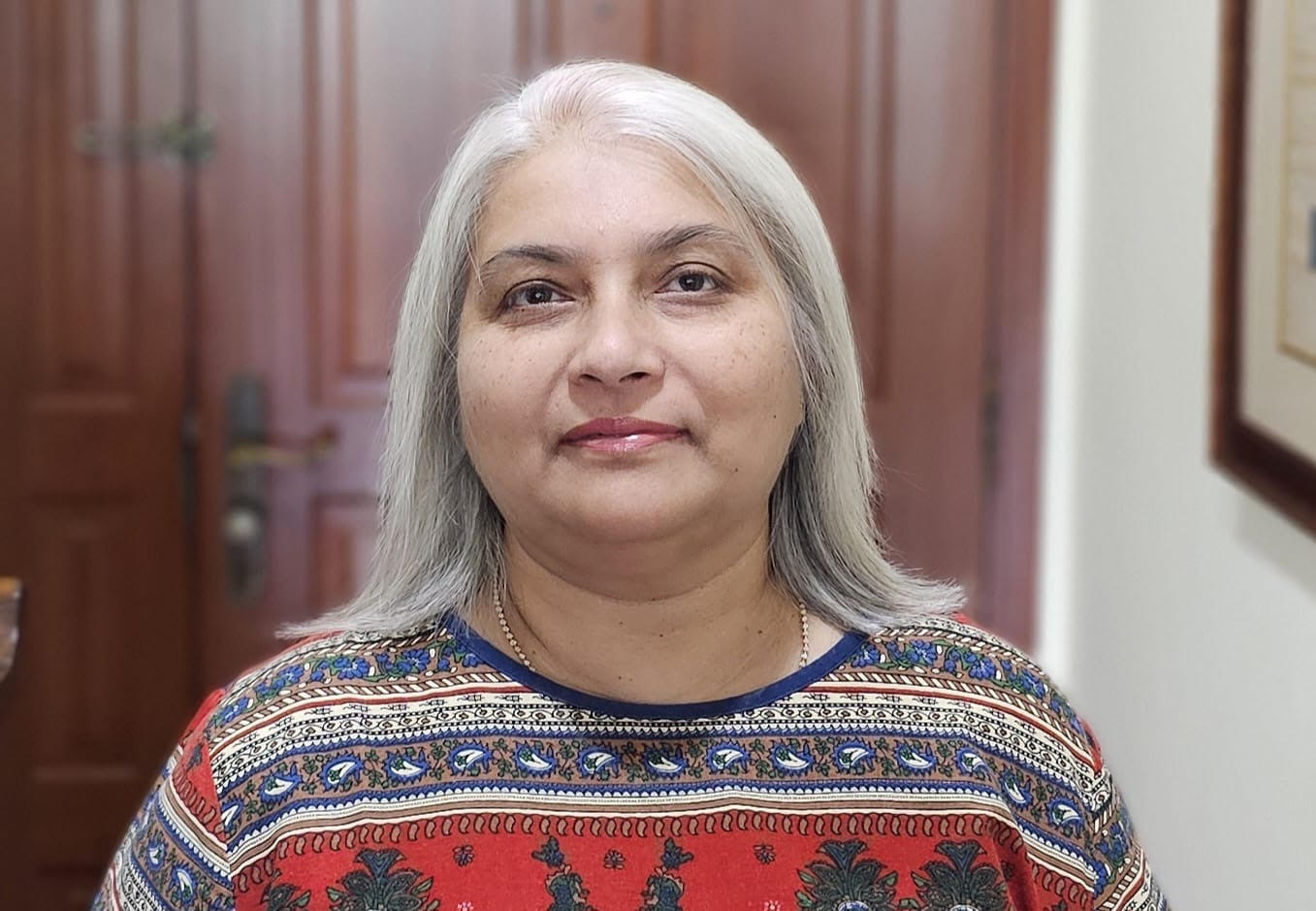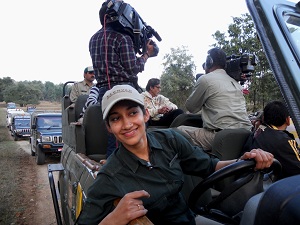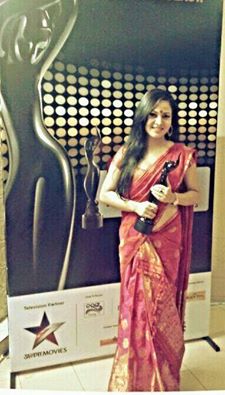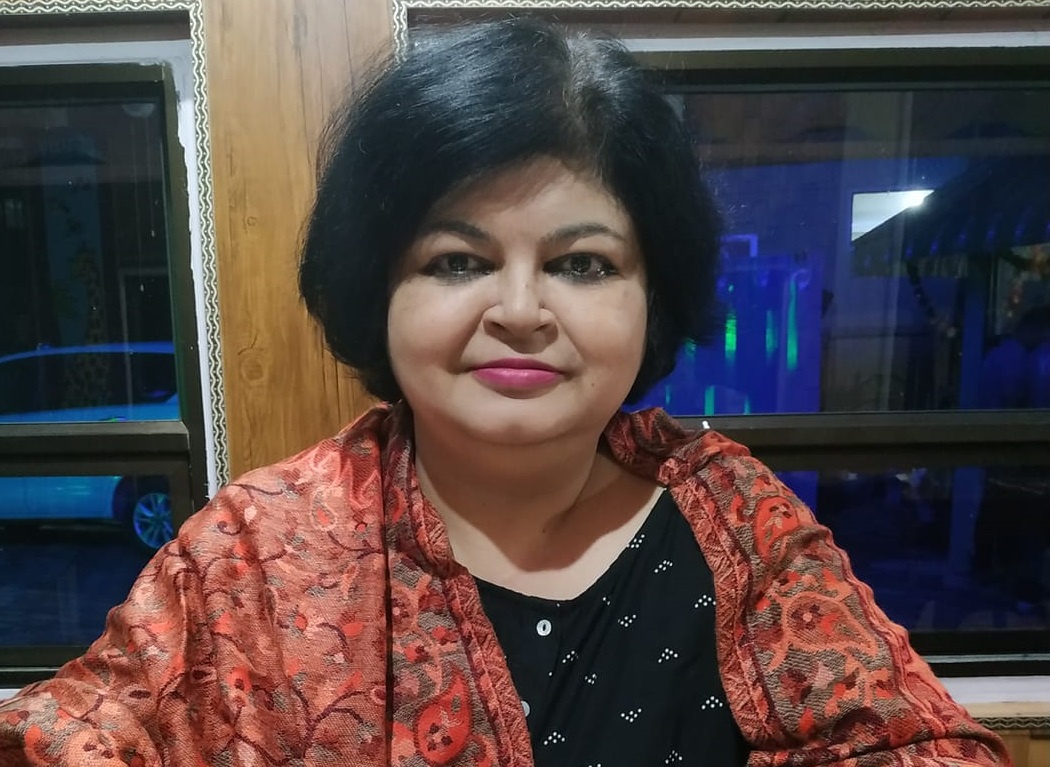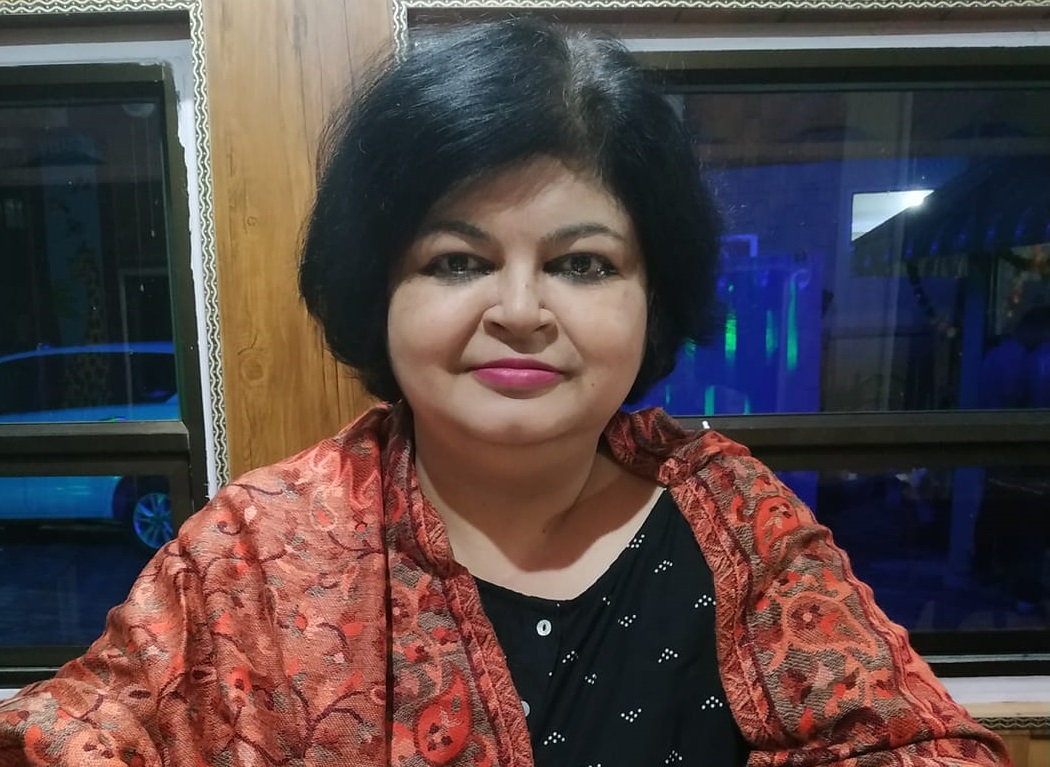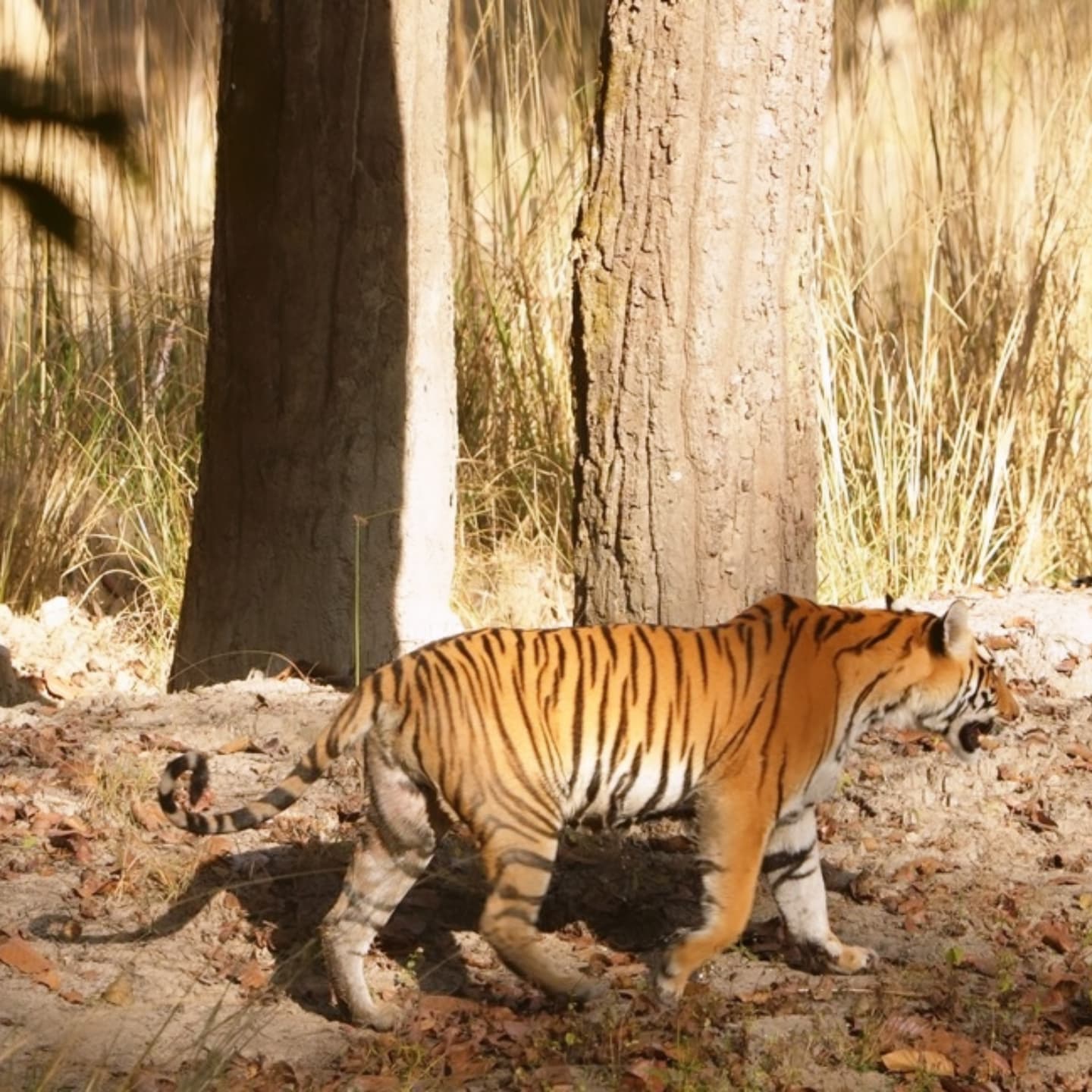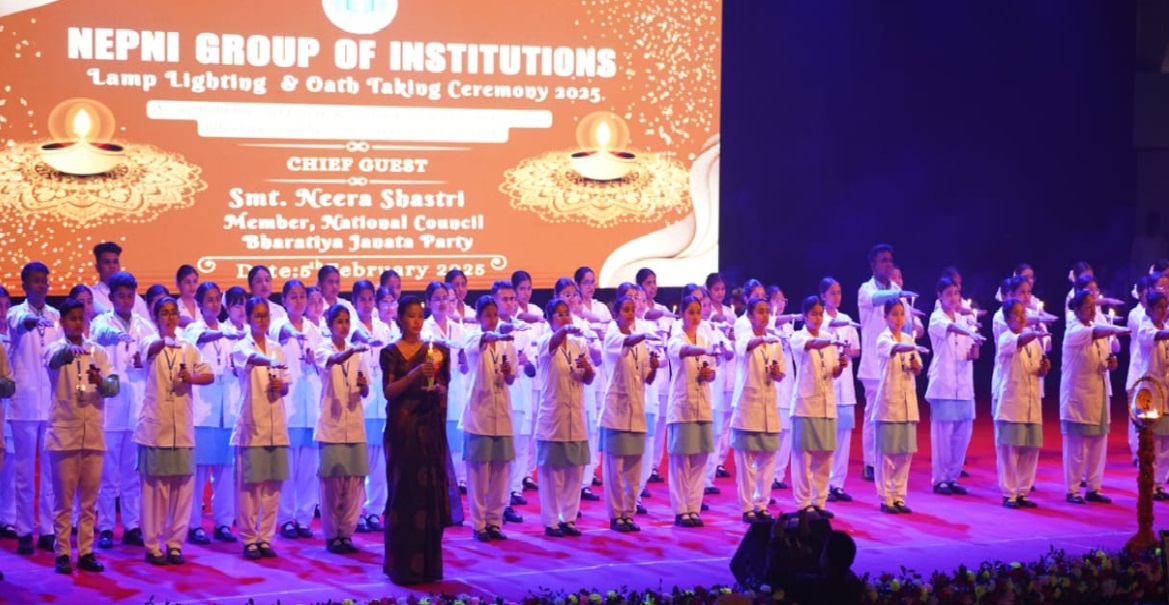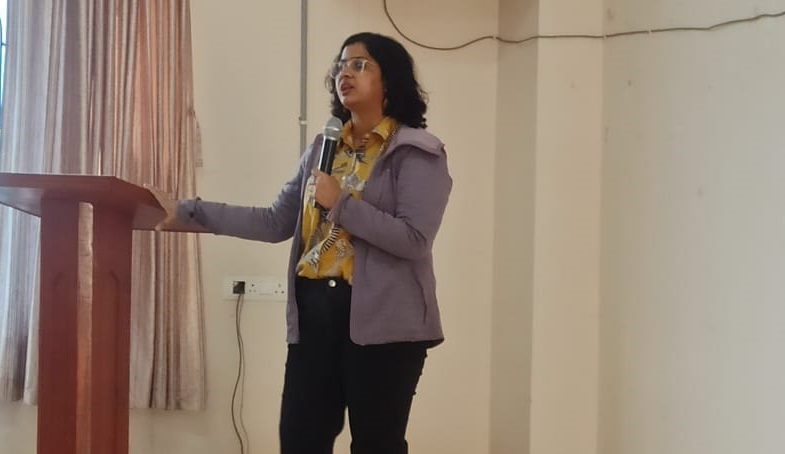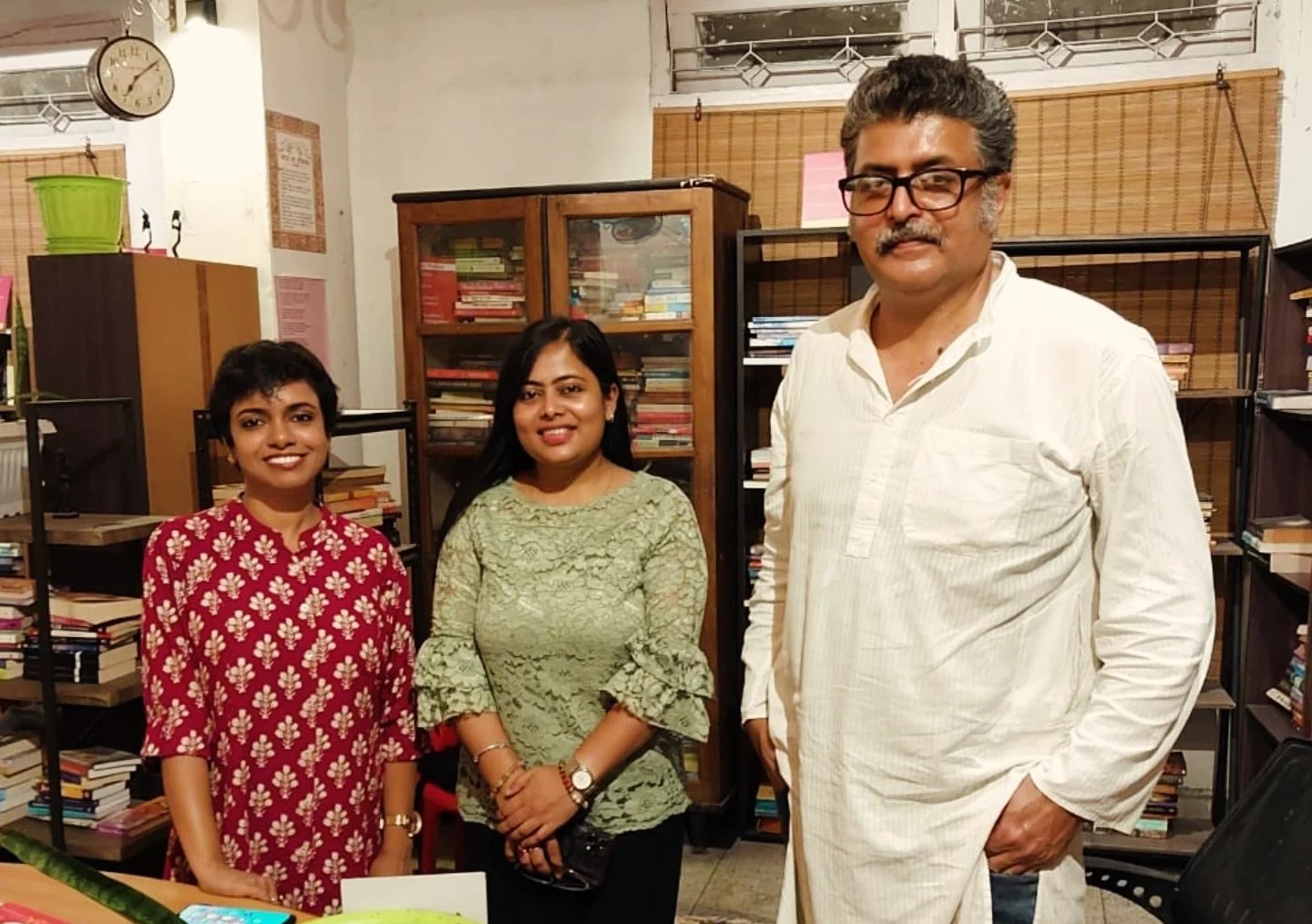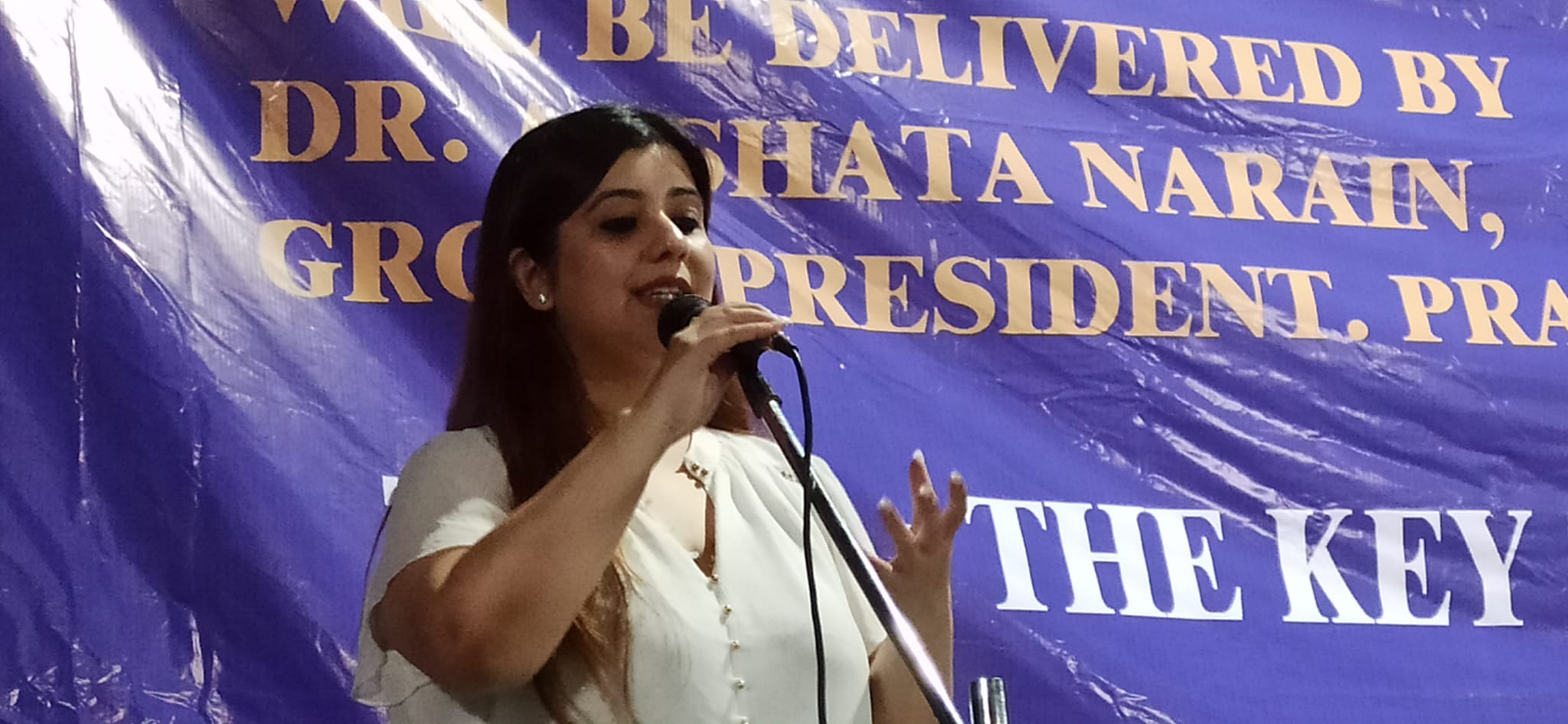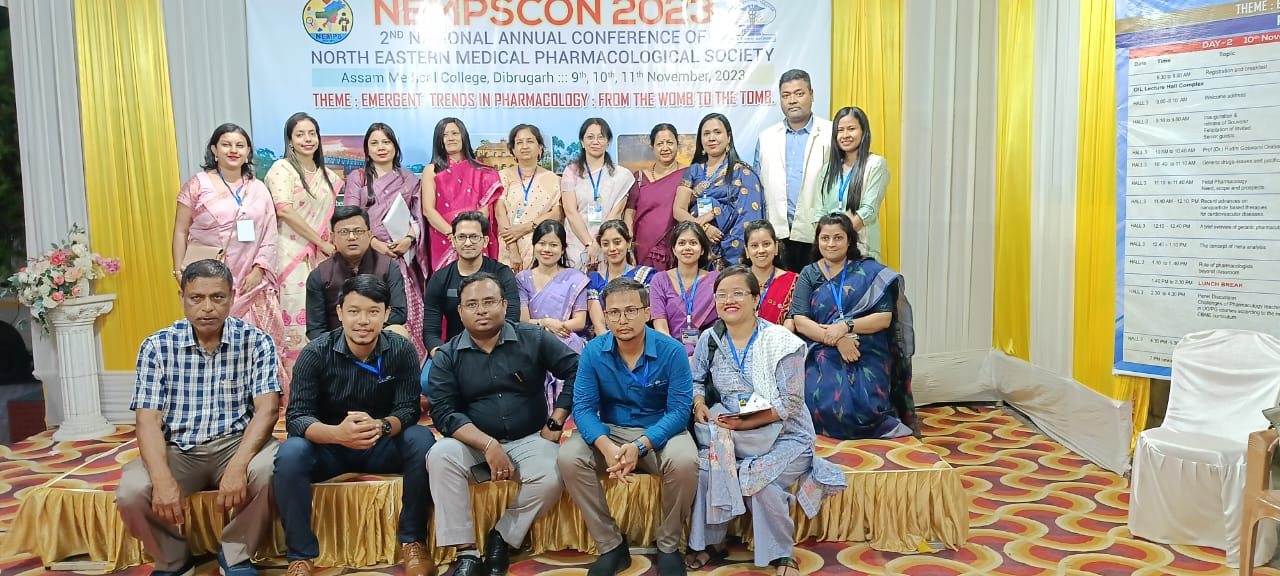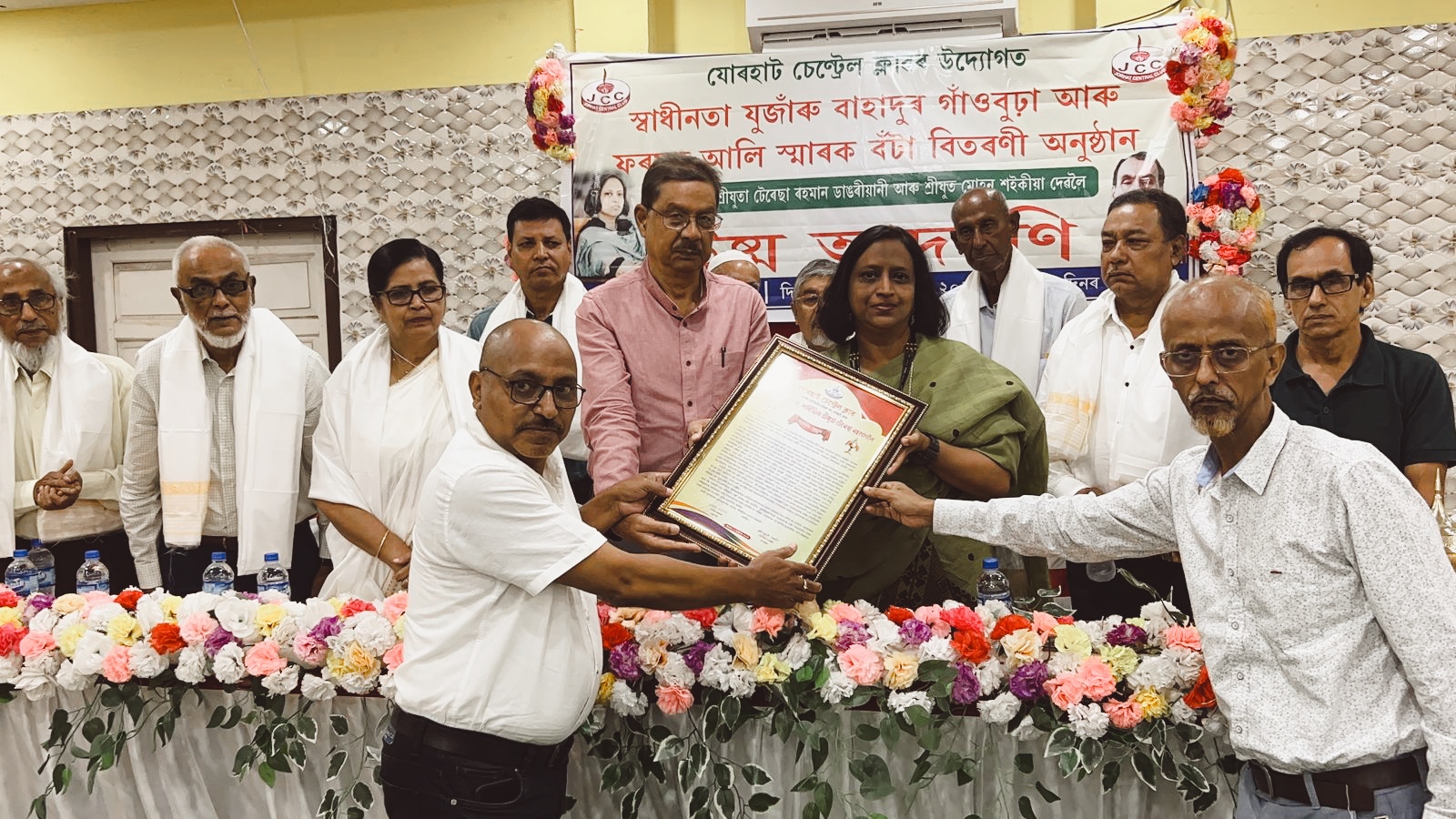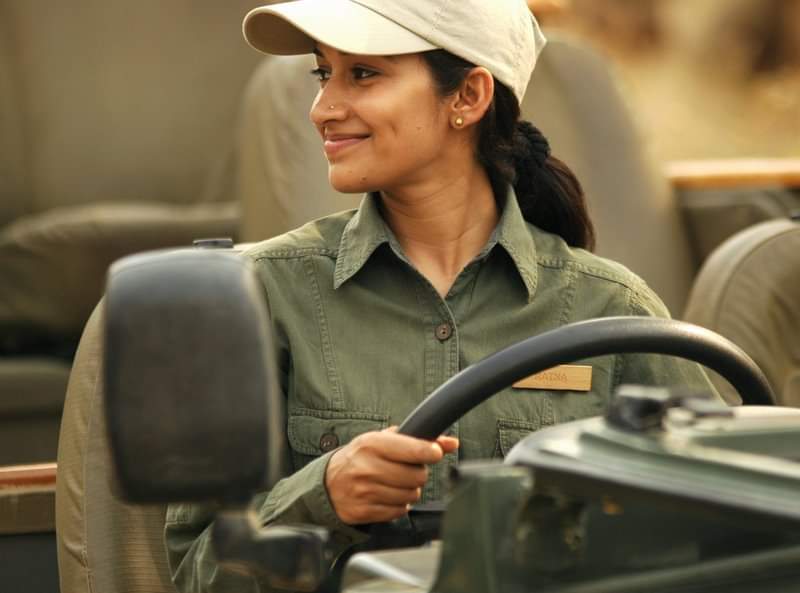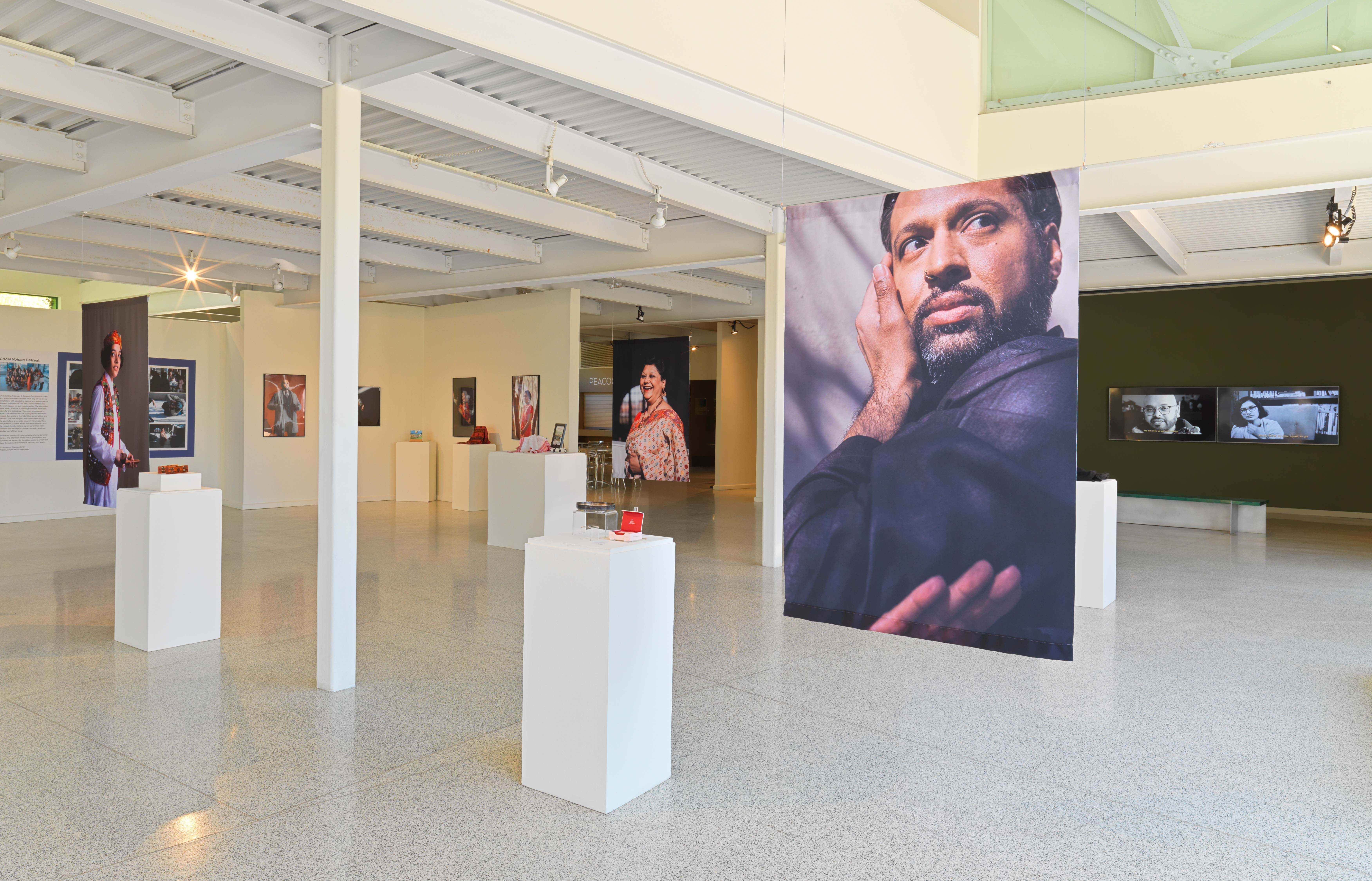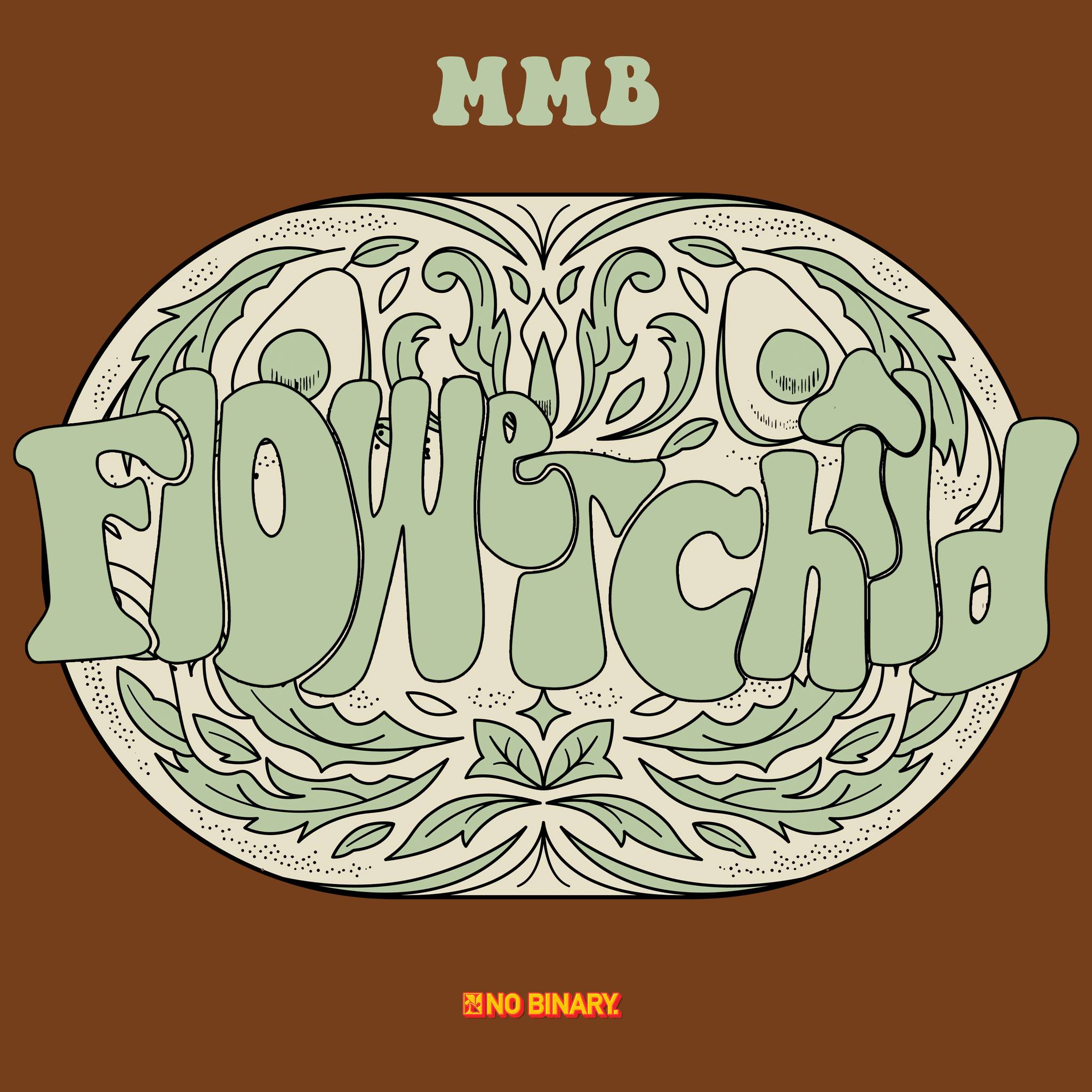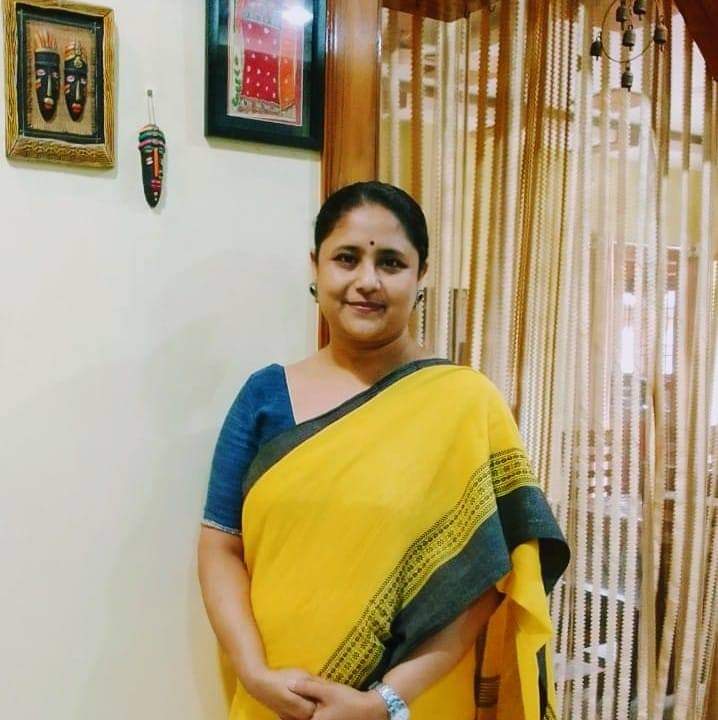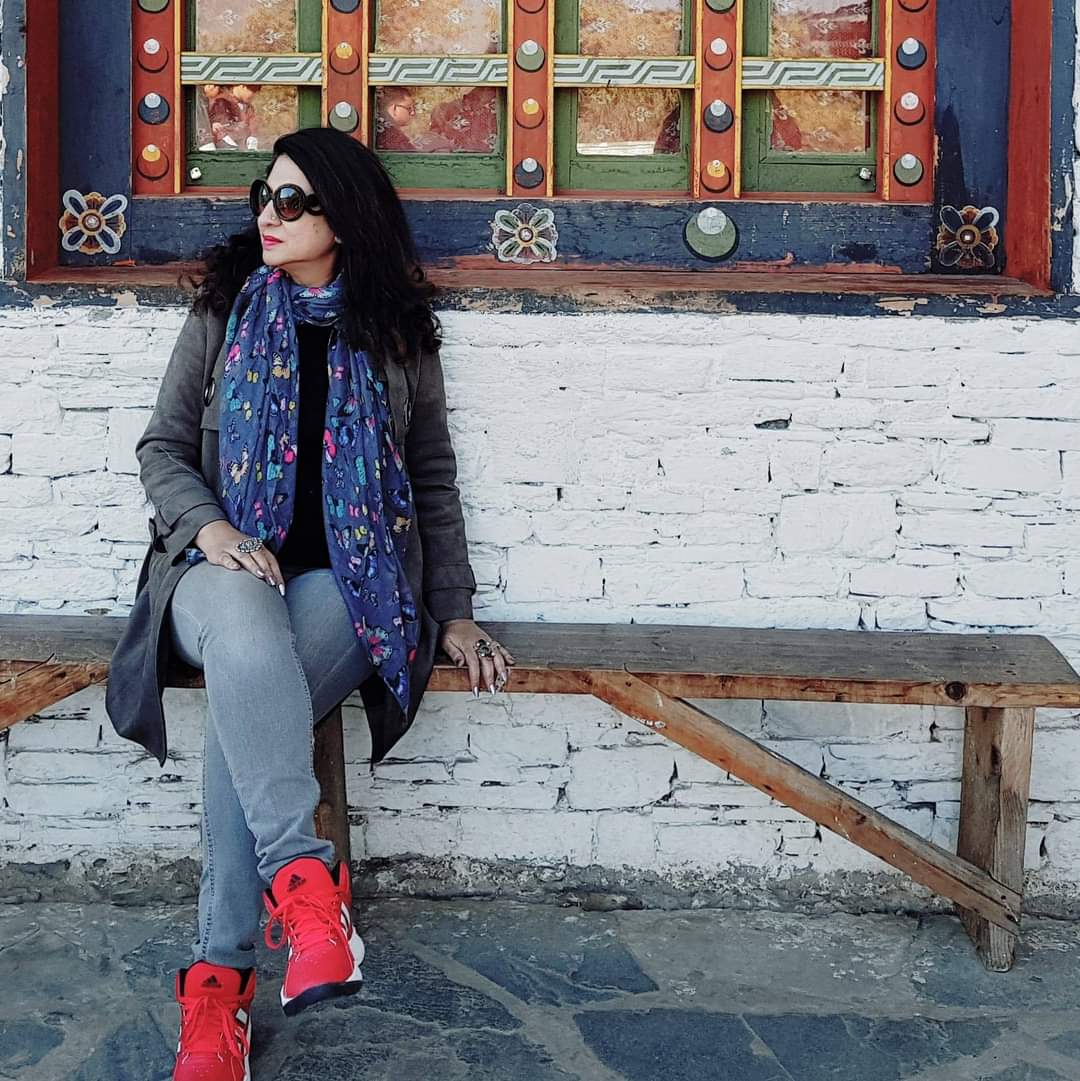As I sit down to write this piece, there is a lot of buzz around me about women in my social media feeds, on the news, in the newspapers, in workplaces --- it is after all, International Women’s Day. I, however, happen to be a person who believes that women need to be thought about every day, and not just as a token celebration on one day each year. Reading through or listening to all the focus on women on this day, my mind kept going back to the stories I have just finished reading in Arupa Patangi Kalita’s book, ‘The Owl, the River and the Valley’, translated from Assamese by Mitra Phukan. It is an interesting collection of short stories set in Assam. The protagonists are all women, in different walks of life. These are women we see around us all the time, whom we take for granted, never wondering about what goes on in their lives. It could be an aunt, a maid, a vegetable seller, a woman pushing a food cart, the daughter in law of an affluent household, a poor relation, all with their own stories, their own compulsions, as they go through life.
Arupa Patangia Kalita has brought out the trials and tribulations of women’s lives through her writing. Various themes run through these stories, creating an interconnected saga that speaks of women’s battles to survive as they navigate social expectations, poverty, or life’s unexpected blows which shatter dreams. Many stories speak of opportunities grasped or missed, of women coping or unable to cope with changed life circumstances, and their bittersweet consequences. Underlying all the narratives is the role of family and society in Assamese life. A common strand running through all the stories is the relentless work that a lot of women end up having to do as part of their everyday lives --- whether to feed their families, or to follow societal norms, or just because of the situations they find themselves in. These stories have perhaps brought out the struggles of being a woman much more strongly than all the social media feeds I have received on International Women’s Day.
Having said this, my favourite story in the collection is ‘Ausi or Hausi’. It showed agency, it showed two women shaking off the shackles of victimhood and take charge of their lives, in the process, each helping the other. The story ended on an optimistic note, as opposed to the relentless fight with adverse circumstances that other stories showed. The last story in the collection was unusual --- juxtaposing belief, hope, mysticism, economics, all woven within the sequence of events.
On the whole the book brought out a graphic picture of Assamese society, especially small towns where interactions are face to face and public opinion becomes a force to reckon with. Though originally written in Assamese, the translation brought out the vivid social nuances and images very well. I am an avid reader, but my reading is predominantly in English. Hence, I had missed out on the huge body of Assamese literature most of my life. It is therefore very exciting that over the last decade or so, translation of regional writing is catching up, and some excellent translated works are emerging. Like her other works, this compilation too has been superbly translated by Mitra Phukan, with the Assamese soul of the stories coming through beautifully. The narrative flows smoothly, seamlessly weaving cultural and linguistic connotations into the context of the tales. As an Assamese and as an anthropologist, I could visualize the Assam that I am familiar with in each story. That, to me, is the sign of a great translation. I do not know how the book reads in Assamese. But it is reading exceptionally well in English, thanks to the skill of its translator.
